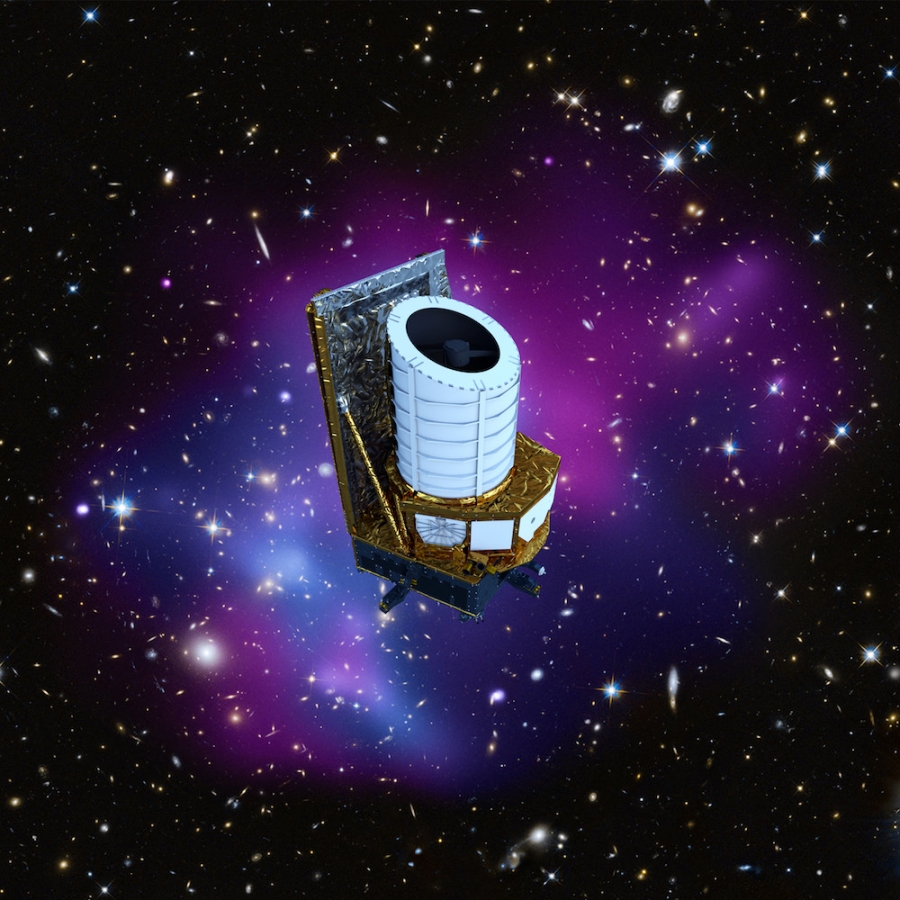To follow our news:
ESA’s Dark Universe Observatory Euclid with SPACEBEL Know-How Captures Breath-Taking First Full Colour Snapshots
Launched from Cape Canaveral (Florida, USA) on July 1st 2023 to explore dark energy and dark matter, the most hidden mysteries in cosmology until now, Euclid safely arrived after a month at the Lagrange 2 point located at 1.5 million kilometres from Earth. Its first test images of the universe proved highly promising.
Named after the ancient Greek mathematician Euclid of Alexandria (± 300 B.C.), the European dark universe explorer will take images of galaxies that formed billions of years ago to help astronomers build a very precise 3D map covering a third of the sky. The 6-year study will require extremely accurate measurements and represent an amazingly huge volume of images and data of different kinds.
SPACEBEL is proud to contribute substantially to this pioneering mission since 2015: on behalf of Thales Alenia Space Italy, Euclid's prime contractor, we have developed the Euclid control and data management unit application software, which controls the spacecraft and all its sub-systems, including the payloads.
What’s more, it is one of the most complex software systems realised by SPACEBEL to date, involving a very motivated project team of ICT experts. While attending Euclid’s departure into Space at Cape Canaveral (USA) and at ESA-ESOC (Germany), our team was congratulated on its remarkable work.
On November 7th 2023, ESA released the first full colour images delivered by Euclid to test its performance and show its potential before it officially begins to collect data from early 2024 onwards.
The results are simply spectacular, much to the delight of all stakeholders involved in the Euclid mission, amongst others SPACEBEL.
We are extremely honoured to take part in the success of this revolutionary adventure and wish to thank our customer and partners for their confidence and the excellent cooperation!

©ESA
